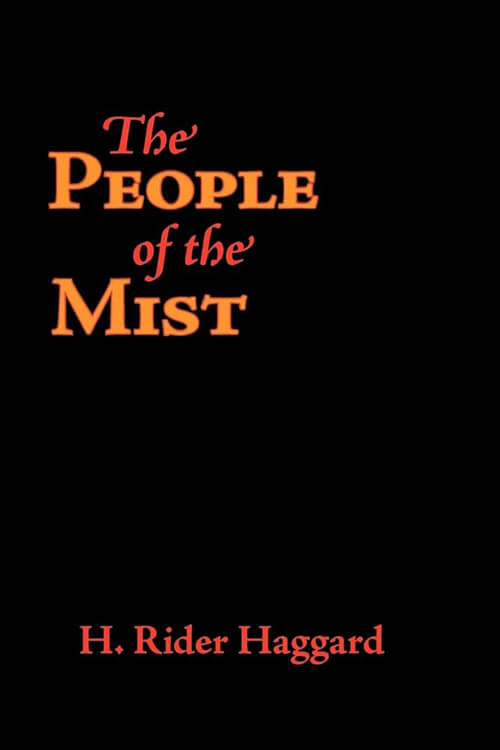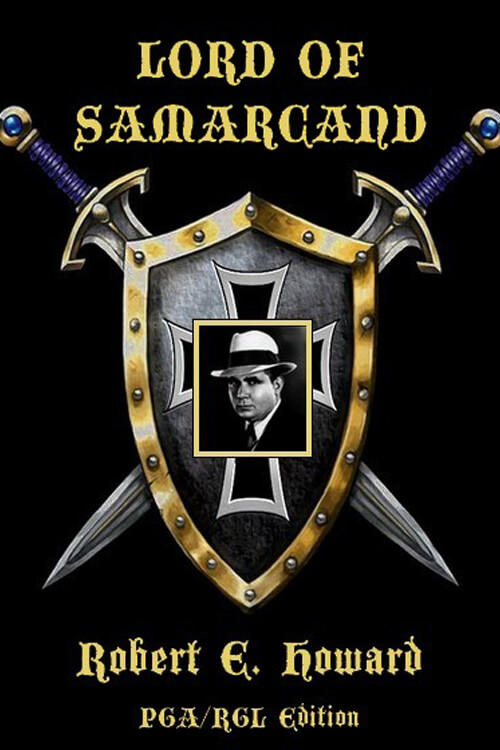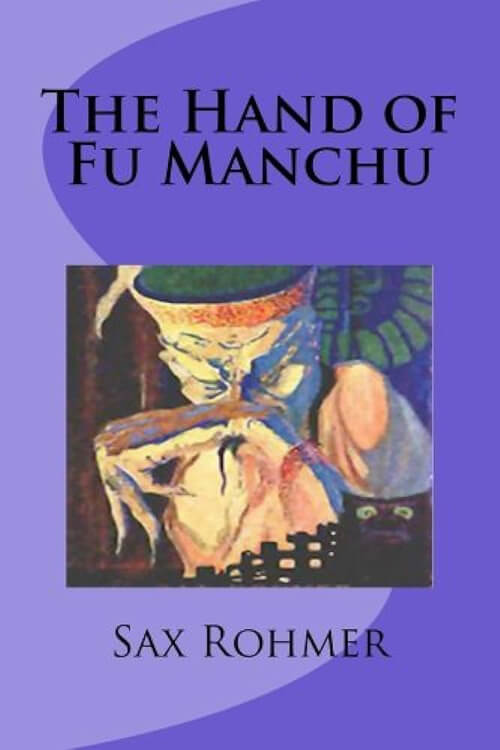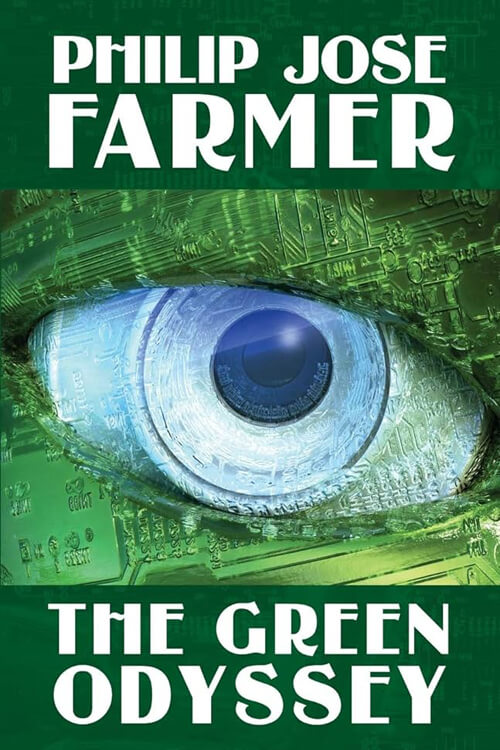
No Orchids for Miss Blandish
The sound made both of them look towards the door. Someone had unlocked the front door. Quick steps sounded, and the door into the sitting room jerked open.
Eddie Schultz came in.
“I forgot my goddamn wallet…” he began, then he saw Fenner.
“Pardon me, pal,” Fenner said quietly and uncorked a right hook that hit Eddie flush on his jaw. Eddie went down as if he was pole-axed.
Anna turned and rushed into the bedroom, but Fenner had vanished by the time she got her gun.
Slowly, Eddie sat up, holding his jaw. He stared at Anna, and then he got to his feet.
“What’s going on?” he demanded shakily. “Hell! That punk nearly busts my jaw! What was a goddamn newspaperman doing in here?”
Anna stared at him in horror.
Read or download Book
James Hadley Chase
James Hadley Chase (24 December 1906 – 6 February 1985) was an English writer. While his birth name was René Lodge Brabazon Raymond, he was well known by his various pseudonyms, including James Hadley Chase, James L. Docherty, Raymond Marshall, R. Raymond, and Ambrose Grant.
Biography.
He was one of the best-known thriller writers of all time. The canon of Chase, comprising 90 titles, earned him a reputation as the king of thriller writers in Europe. He was also one of the internationally best-selling authors, and to date, 50 of his books have been made into films.
Personal background
René Lodge Brabazon Raymond (James Hadley Chase) was born on 24 December 1906 in London, England. He was the son of Colonel Francis Raymond of the colonial Indian Army, a veterinary surgeon. His father intended his son to have a scientific career and had him educated at King’s School, Rochester, Kent.
Chase left home at the age of 18. In 1932, Chase married Sylvia Ray, and they had a son. In 1956, they moved to France. In 1969, they moved to Switzerland, living a secluded life in Corseaux-sur-Vevey, on Lake Geneva. Chase died there on 6 February 1985.
Writing background
After Chase left home at the age of 18, he worked in sales, primarily focusing on books and literature. He sold children’s encyclopaedias, while also working in a bookshop. He also served as an executive for a book wholesaler, before turning to a writing career that produced more than 90 mystery books. His interests included photography, of a professional standard, reading, and listening to classical music and opera. As a form of relaxation between novels, he put together highly complicated and sophisticated Meccano models.
Prohibition and the ensuing Great Depression in the US (1929–39) had given rise to the Chicago gangster culture prior to World War II. This, combined with Chase’s book trade experience, convinced him that there was a big demand for gangster stories. After reading James M. Cain’s novel The Postman Always Rings Twice (1934), and having read about the American gangster Ma Barker and her sons, and with the help of maps and a slang dictionary, he wrote No Orchids for Miss Blandish in his spare time, he claimed over a period of six weekends, though his papers suggest it took longer. The book achieved remarkable notoriety and became one of the best-selling books of the decade. It was the subject of the 1944 essay “Raffles and Miss Blandish” by George Orwell. Chase and Robert Nesbitt adapted it to a stage play of the same name which ran in London’s West End to good reviews. The 1948 film adaptation was widely denounced as salacious due to the film’s portrayal of violence and sexuality. Robert Aldrich did a remake, The Grissom Gang, in 1971.
During the war, Raymond edited the RAF’s official magazine and from that period comes Chase’s short story “The Mirror in Room 22”, in which he tried his hand outside the crime genre. It was set in an old house, occupied by officers of a squadron. The owner of the house had committed suicide in his bedroom, and the last two occupants of the room had been found with a razor in their hands and their throats cut. The Wing Commander tells that when he started to shave before the mirror, he found another face in it. The apparition drew the razor across his throat. The Wing Commander says, “I use a safety razor, otherwise, I might have met with a serious accident – especially if I had been using an old-fashioned cut-throat.” The story was published under the author’s real name, Rene Raymond, in the anthology of RAF writings Slipstream in 1946.
During World War II, Chase became friendly with Merrill Panitt (subsequently editor of TV Guide), who provided him with a dictionary of American slang, detailed maps and reference books of the American underworld. This gave Chase the background for his early books with American settings, a number of which were based on actual events occurring there. Chase never lived in the United States though he did make two brief visits, one to Miami and the other en route to Mexico.
Over the years, Chase developed a distinct, signature style in his writing that was fast-paced, with little explanations or details about the surroundings or weather, unreliable characters. Characters in his novels and short stories would be more coherent and consistent who acted and reacted with unbreakable logic. Punchy sentences, short bursts of dialogue in authentic sounding slang with plenty of action were the characteristics of his writing.






